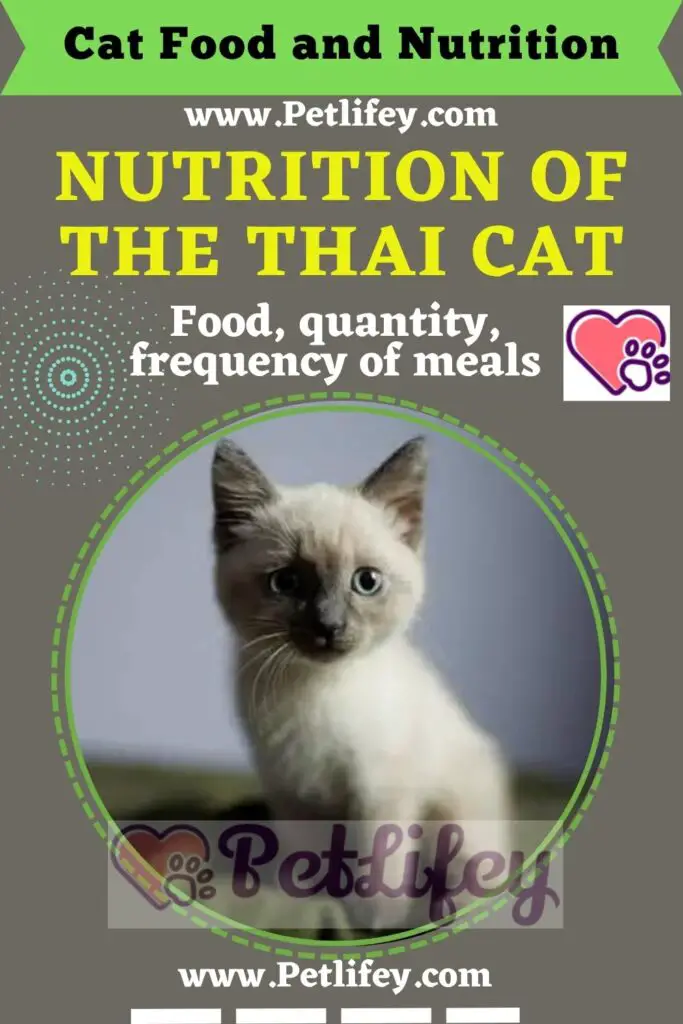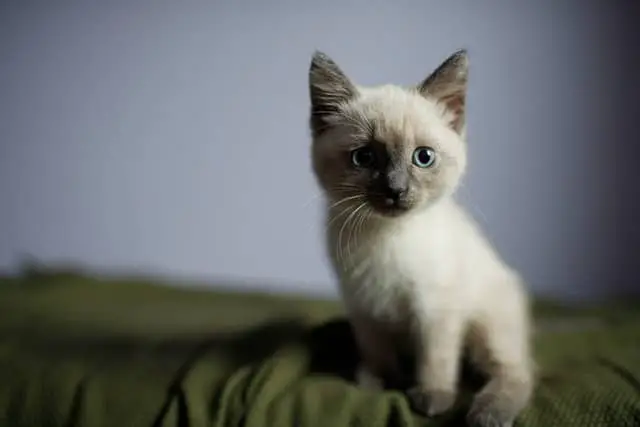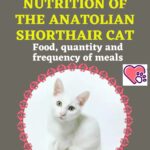
What to feed your four-legged friend to keep him healthy and strong? All about the perfect nutrition of the Thai cat.
A healthy and balanced diet is essential for the well-being of our furry dog. In fact, not only does it guarantee the cat a shiny coat and an enviable appearance, but also an iron health. Of course, the feline organism is very different from the human one. For this reason, it is essential to know the ideal diet to give to the Thai cat: let’s find out together.
Feeding the Thai cat: quantity and frequency of meals
To identify the correct diet of the Thai, two important questions must be answered: how often should you feed the cat? What are the ideal daily doses to give to the cat?
As for the frequency of meals, the answer is: it depends. Generally, the best advice is to feed your pet twice a day, once in the morning and once in the evening.
If the cat prefers it, however, it is possible to divide his daily ration into small snacks, to be given to him during the day.
In this way, the cat’s energy level remains constant. With regard to the recommended quantities of baby food, however, the ideal would be to ask the veterinarian for help.
The Thai is not an extremely greedy cat or a cat at risk of gaining excess weight. However, a lot depends on strictly individual factors, such as the four-legged’s age, weight, health and lifestyle.
In principle, it is possible to calculate the ration of wet and dry based on the weight of the cat.
In fact, the feline should be given 40 grams of wet food for every kg of weight of the animal. Once the figure has been obtained, then, it will be sufficient to divide it by 3, to know the correct dose of kibble to give to the cat.
What to feed the Thai cat?

Finally, to plan the perfect diet for the Thai cat it is essential to know which foods are the most nutritious and suitable for his body.
Just like every other member of its species, this domestic feline is an obligate carnivore.
This means that its diet should be mainly based on the intake of proteins of animal origin, from which the cat draws essential nutrients for its well-being, which its organism is not able to reproduce on its own.
These include substances such as cobalamin, niacin and all the B vitamins.
So, green light for meat, especially beef, chicken and rabbit. Less regularly, the cat may be fed fish such as salmon, sea bass and sea bream.
Depending on your preferences and the time available, you can choose a home or industrial diet for your Thai cat.
In the first case, you will be the one to prepare the food to be given to the animal. The advantages of this diet are numerous: freshness and genuineness of food in the first place.
In any case, it is essential to contact the veterinarian to formulate together a healthy and balanced diet for the cat. The risk of nutritional deficiencies, in fact, is very real.
In case you lean towards an industrial diet, just buy ready-made food from the shelves of specialized stores.
Pay attention to the ingredients: to verify the goodness of the chosen products, do not forget to read the nutritional table on the back of the package.






